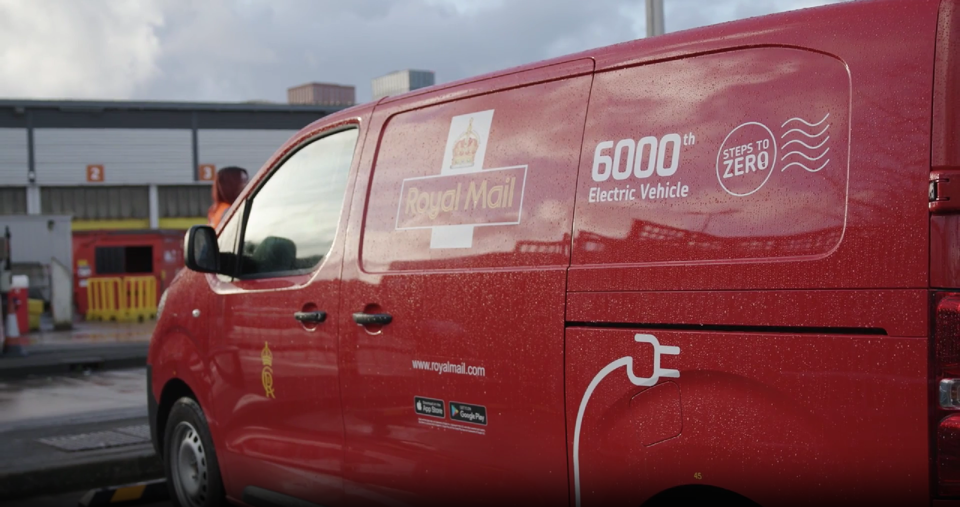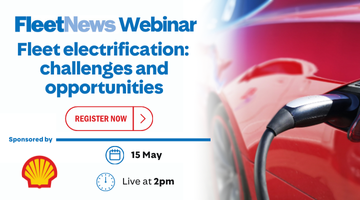Royal Mail’s 6,000th electric vehicle (EV) has been deployed at Manchester Mail Centre, adding to 15 others already at the site used for deliveries and collections.
Currently, more than 240 Royal Mail offices across the country use EVs, with the company operating the largest electric delivery fleet in the UK.
Royal Mail purchased its first 100 electric vans in December 2017, and took delivery of its 5,000th EV in July 2023.
Most of Royal Mail’s electric vans are charged on-site across Royal Mail’s estate via a purchased 100% renewable electricity supply, meaning they are zero-emission.
Alistair Cochrane, Royal Mail’s chief operating officer, said: “It’s so exciting to hit this major milestone just as we enter 2025.
“Electric vehicles are an essential part of our plan to be net-zero by 2040 and offer so many benefits for both our staff and customers.
“Our zero-emission vehicles make our deliveries greener, reducing noise and air pollution in local communities.”
In July, Royal Mail announced it was adding another 2,100 electric vans to its fleet over the next year as part of its fleet replacement programme.
A few months later, Fleet News revealed how Royal Mail had struck a deal with Peugeot to supply 2,100 electric vans, including 1,100 British-built E-Partners.
The manufacturer also supplied 1,000 fully electric E-Expert vans as part of the deal.
Royal Mail, which was named Environmental Fleet of the Year at last year's Fleet News Awards, says that, when they are all operational, its electric fleet will consist of 7,100 vans.
The electrification of delivery vans is an important part of Royal Mail’s strategy to lower emissions from its vehicles.
Royal Mail has also introduced hydrotreated vegetable oil (HVO) to fuel many of its heavy goods vehicle fleet, which is a renewable alternative to diesel that produces up to 90% less direct carbon emissions compared to diesel.
The company’s ‘Steps to Zero’ environment strategy set a goal of achieving net-zero by 2040. The company has already reduced Scope 1 and 2 emissions by 18% in four years, with a target to achieve a 50% reduction by 2030.





















Login to comment
Comments
No comments have been made yet.